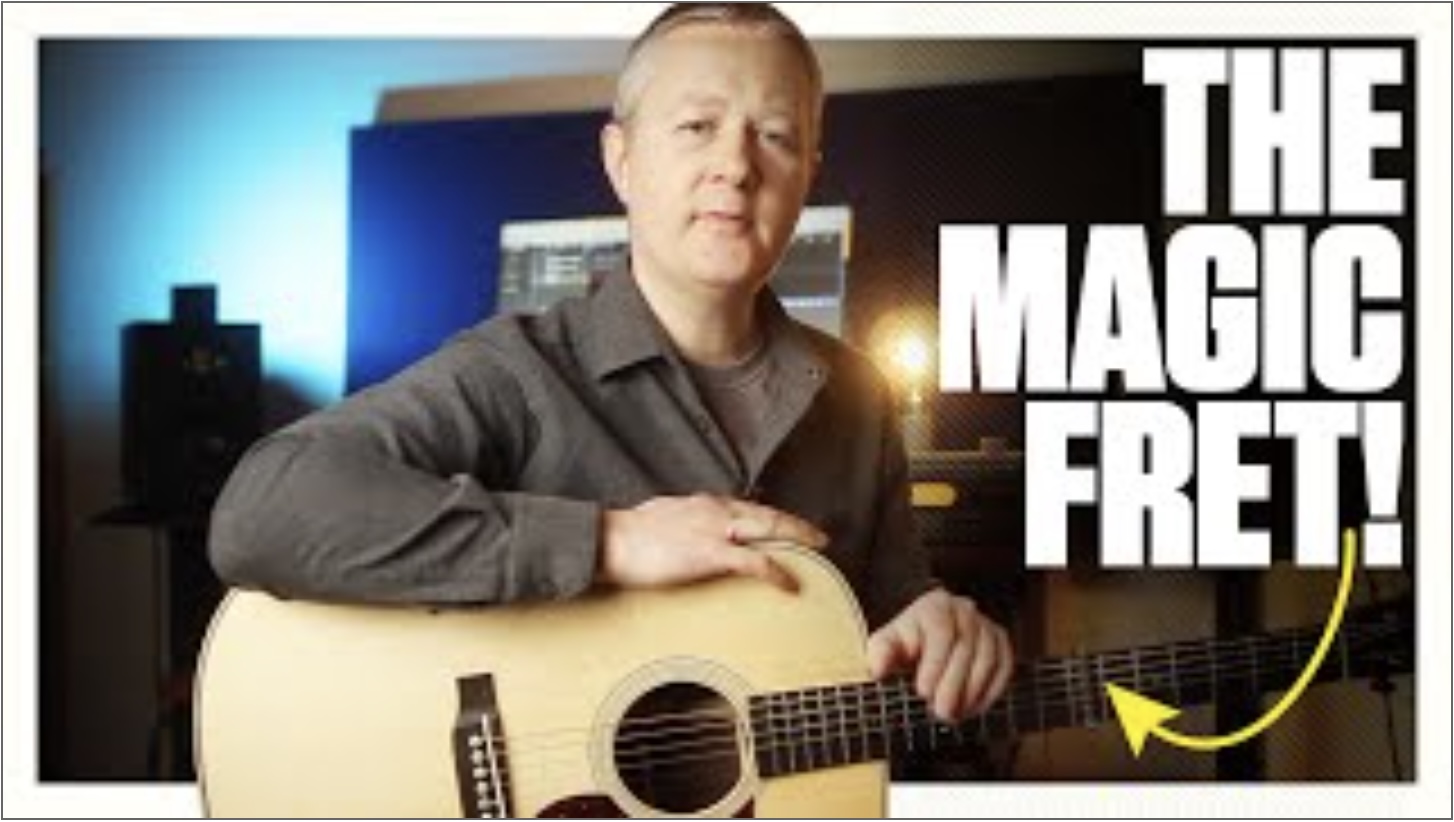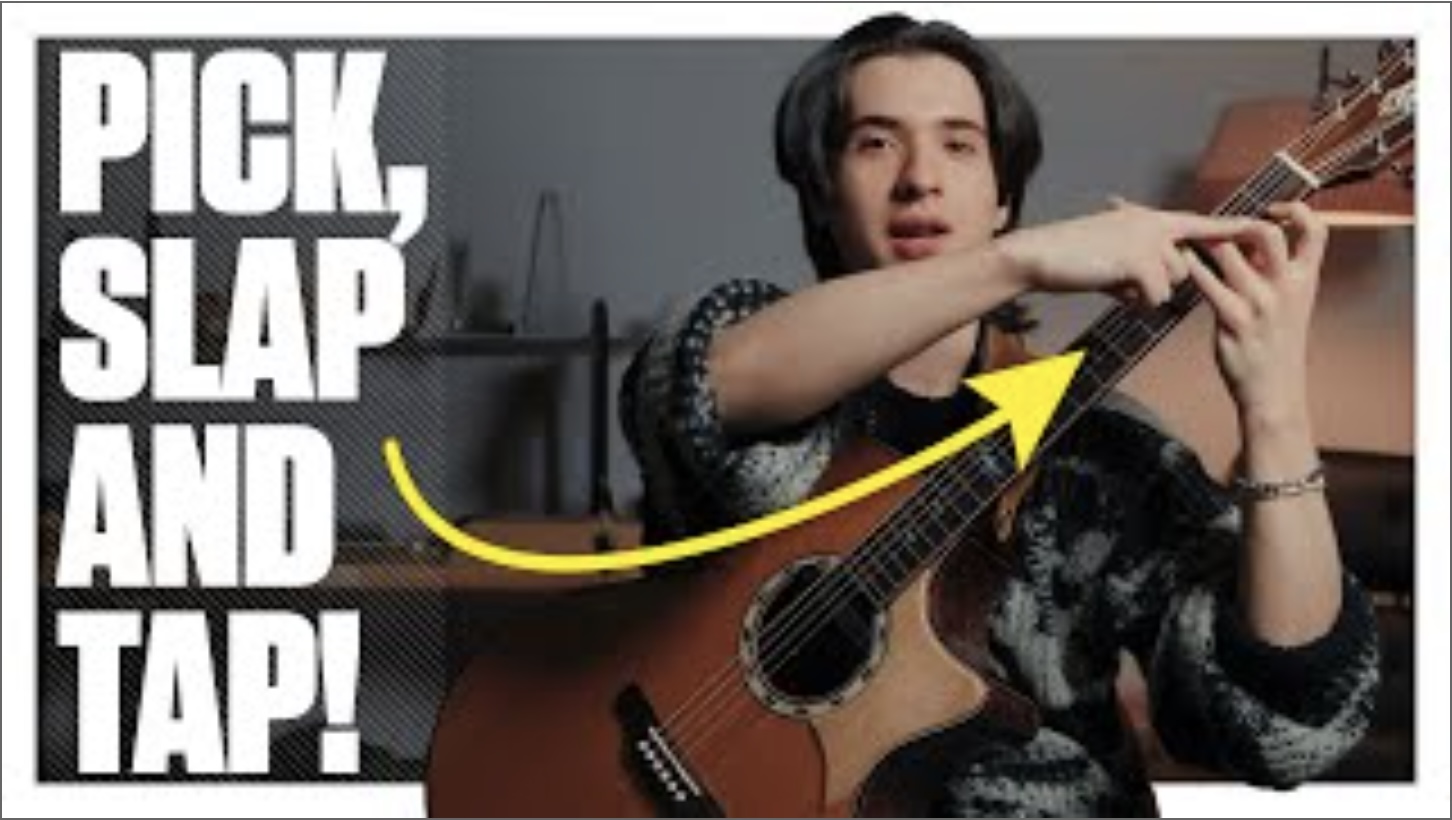Every guitarist wishes they were better at fingerstyle – and this lesson may make you want to ditch the pick for good
Whatever style of music you play, these tab workouts will improve your fingerstyle technique on both electric and acoustic guitar
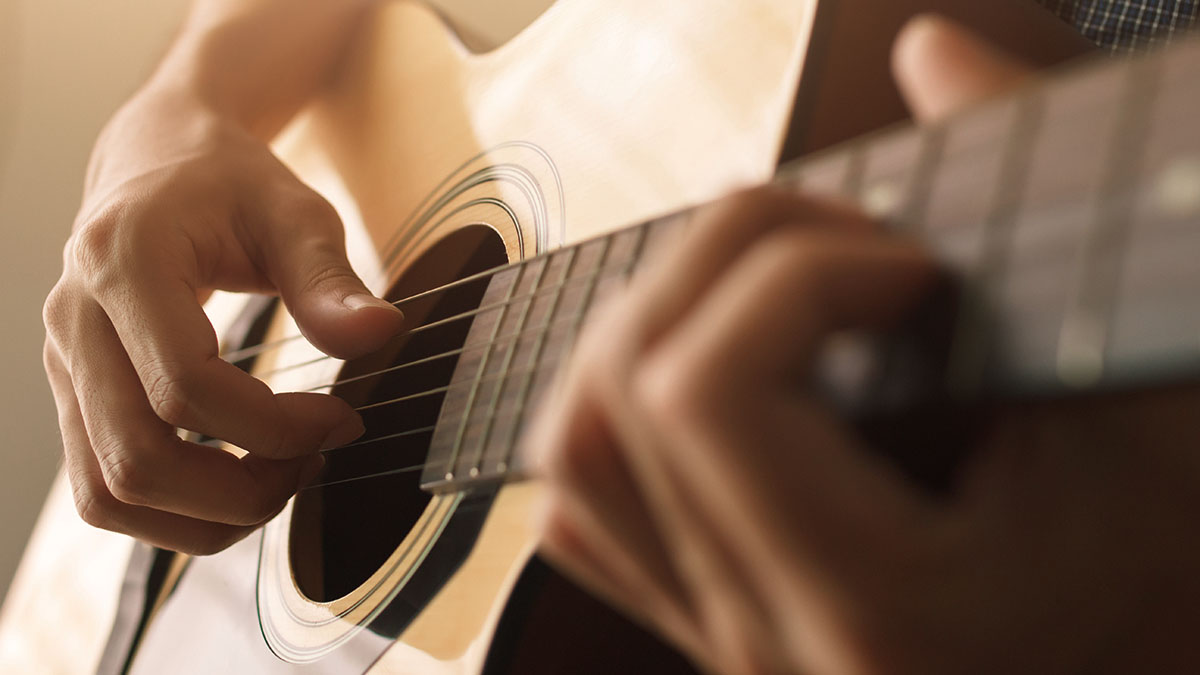
Fingerstyle. It’s one of those techniques most of us would probably say we wish we were a bit better at. Let’s face it: it’s easy to blast out a few chords from Wonderwall, Wish You Were Here or a simple strum-along of choice.
And those intricate fingerpicked lines we promised ourselves we’d practise? Well, they can start to feel like a bit of a labour of love – and difficult!
Well, that’s where Total Guitar comes in. Here, we break down some of the core techniques of fingerstyle acoustic guitar playing with 15 tab/audio examples for you to work on. In places, we’ve taken inspiration from acoustic guitarists of note, but our main focus is on pure technique.
Some of our exercises are multi-dimensional, too, so you can easily reinvent them to suit your own purposes. You could try an alternative fingerpicking pattern, change how you apply musical accents, or just play the same exercise on a different chord. Right, let’s get picky with it!
Fingerstyle notation explained
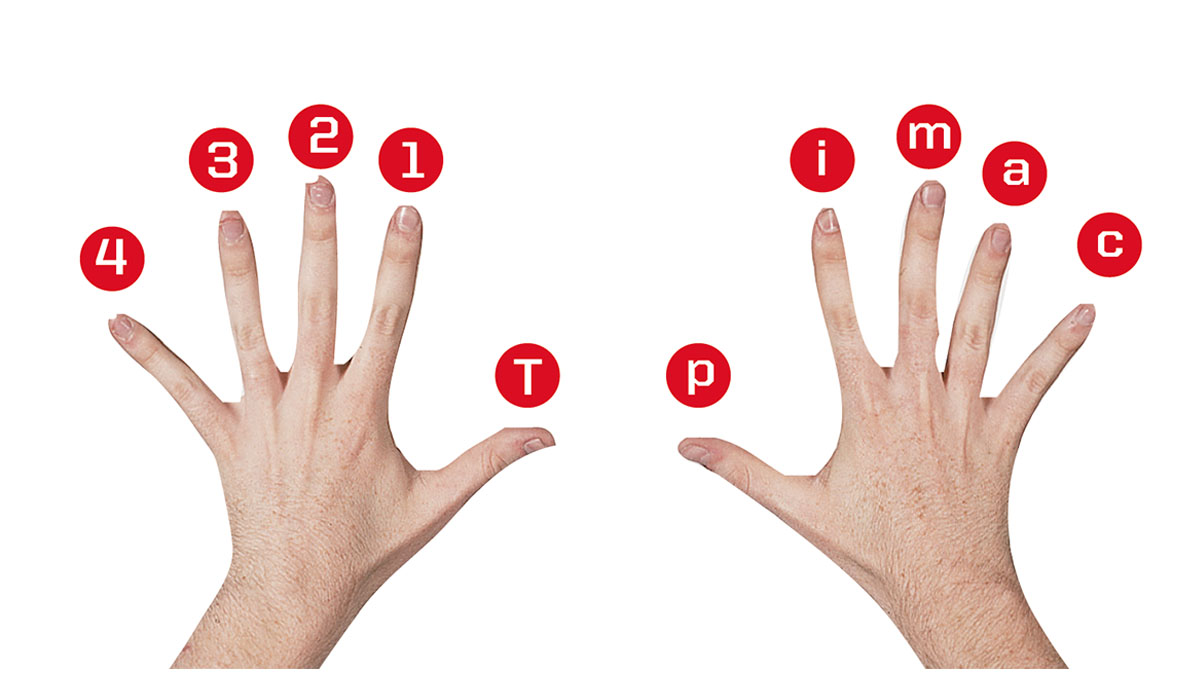
In fingerstyle notation, the letters p, i, m, a and c refer to the thumb and fingers in your picking hand. It’s a longstanding tradition of classical music.
And the fretting fingers? They’re numbered 1 to 4, with a ‘T’ to indicate the thumb. You’ll need to know what it all means to get the most out of our tab lessons and just for a life of fingerstyle fun!
Example 1. Accenting exercise 1
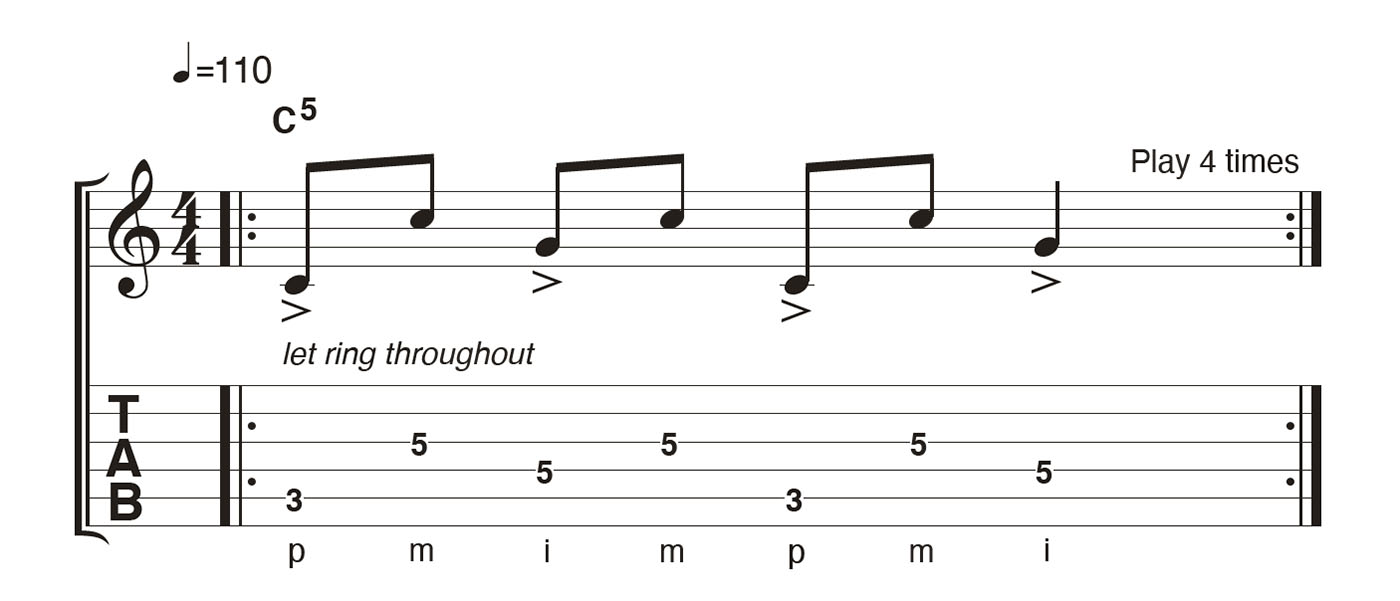
Perhaps the de facto standard in 4/4 time is that every ‘on-beat’ note is played with some emphasis – i.e., a little louder than the offbeat notes around them. Try playing our example, inspired by Led Zeppelin’s Going To California, with emphasis where you see the musical ‘accent’ mark (>).
Example 2. Accenting exercise 2
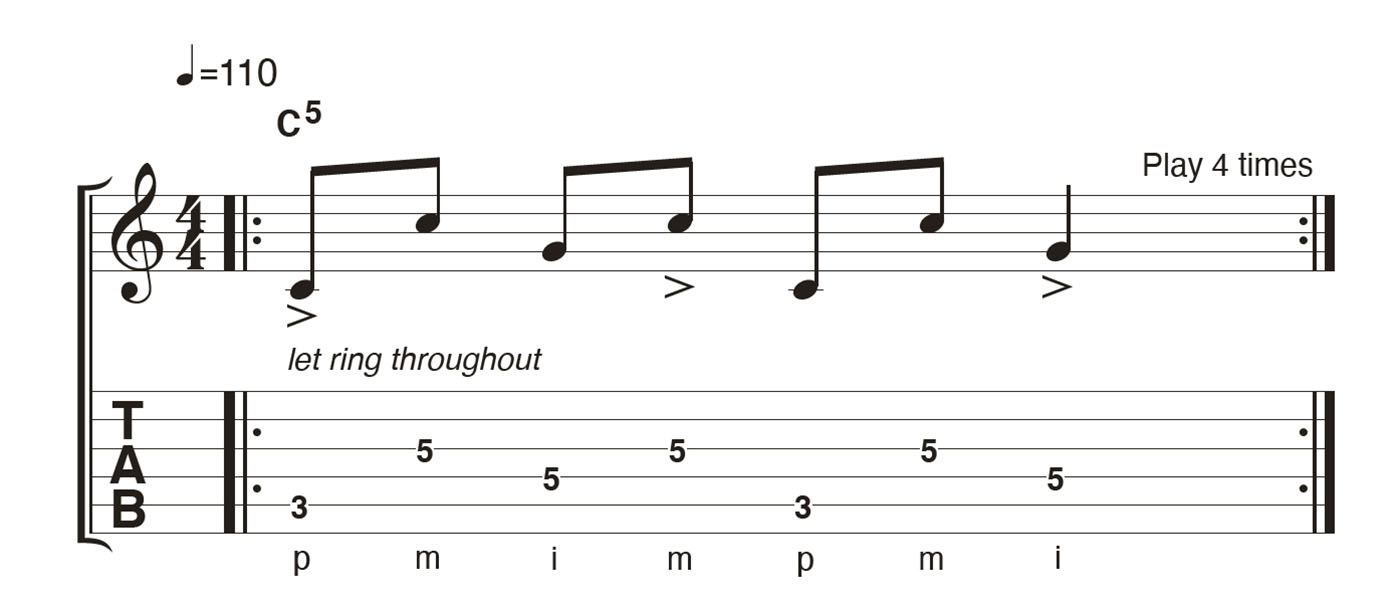
You might think we’ve repeated the tab from the previous example here, but no, look carefully!
Though the notes are the same, there are three accents here, not four – and one is on an offbeat. Listen to our audio and you’ll sense a totally different feel. As an exercise, simply swap between these two examples.
Example 3. Time signatures: 6/8
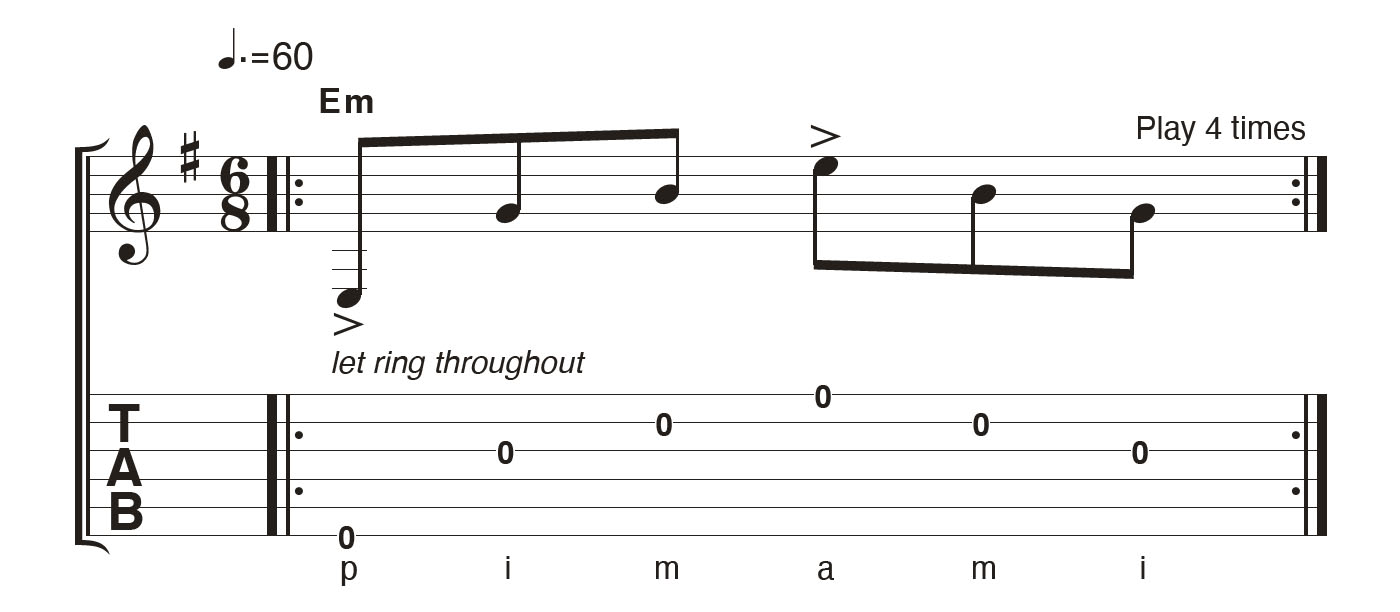
Classic 6/8-time ballads like Metallica’s Nothing Else Matters and R.E.M.’s Everybody Hurts feature this kind of arpeggio with an accent on the first and fourth eighth notes of the bar. Hone your skills first by picking these two notes a little louder, then try playing every note at the same level.
Example 4. Time signatures: 3/4
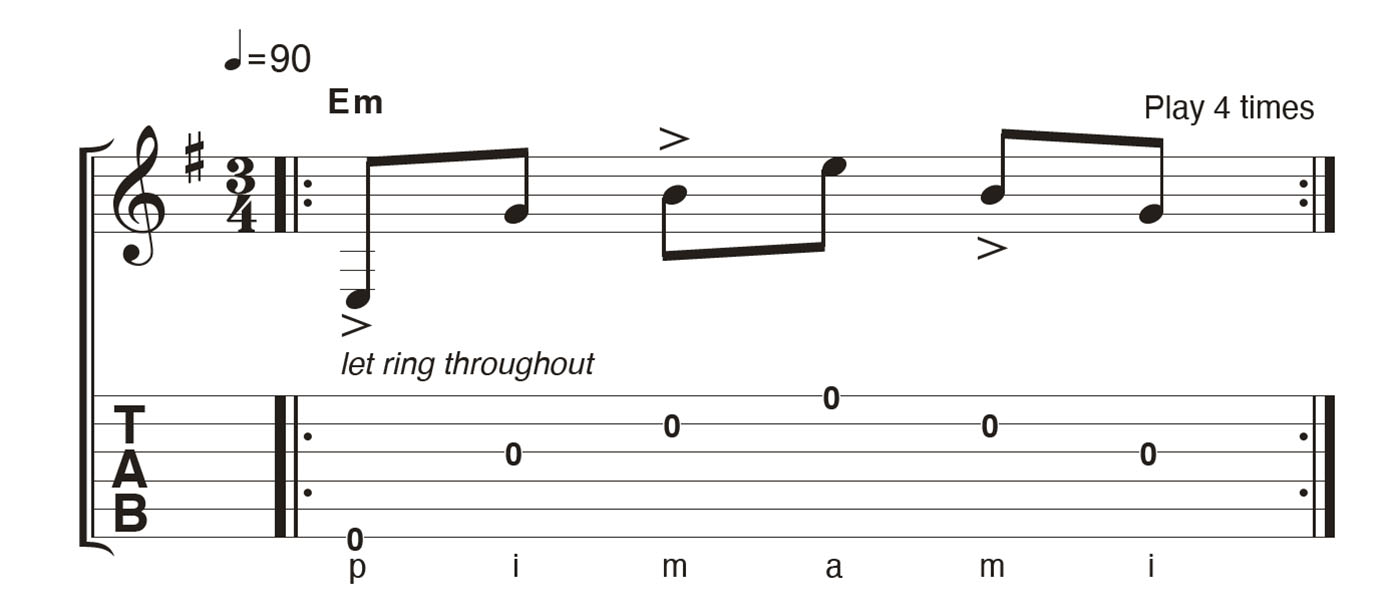
3/4 time is often confused with 6/8 time – both time signatures feature six eighth notes in each bar after all. The difference is in the accenting. Here in our 3/4 time example, you can see there are accents on the first, third and fifth eighth notes of the bar. Try swapping between our two examples in 6/8 and 3/4.
Example 5. Groove with muted strikes
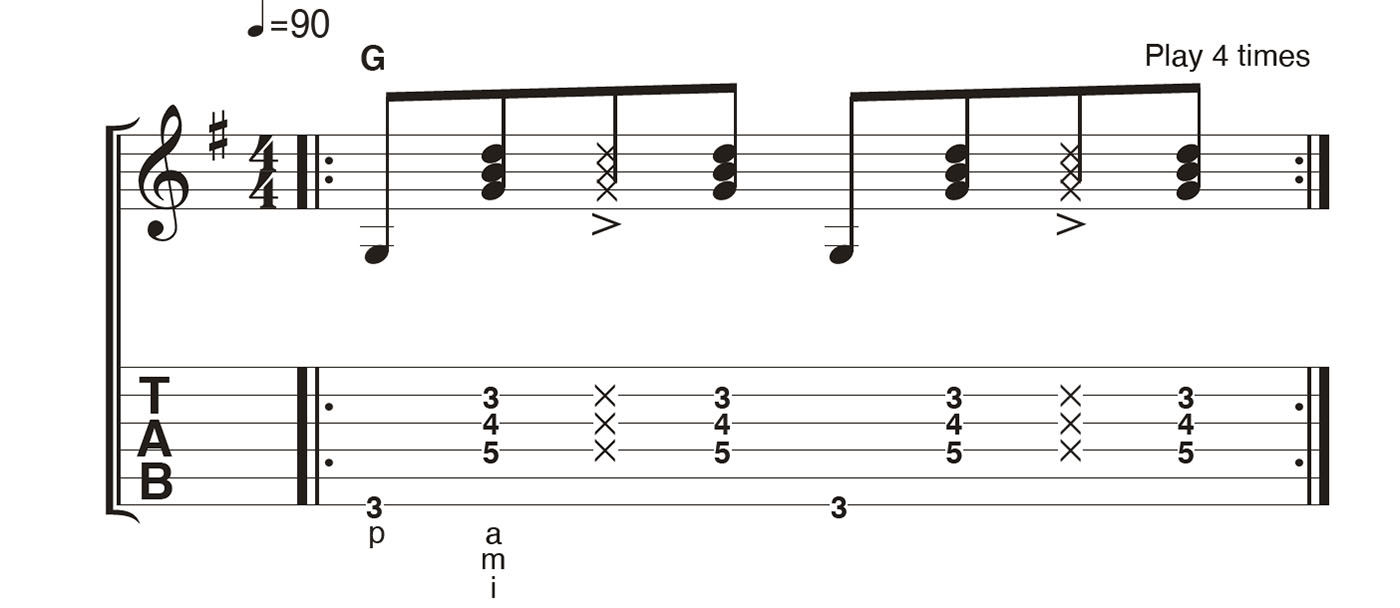
Here, we’re striking the strings with the picking hand on beats 2 and 4 for a percussive groove. There are drums on our backing track, but the technique is arguably most useful when you’re playing unaccompanied. Extreme’s More Than Words is probably the best-known example.
Example 6. Groove with accented chords

Taking inspiration from Jack Johnson’s Banana Pancakes here we’re keeping the groove with a downward strum from the picking fingers. The challenge is switching between fingerpicking the first two notes before switching to a finger-strum on beat 2.
Example 7. Palm muting

Palm muting – that’s a rock technique, right? Well, yes it is, but it has a place in acoustic music, too – and if you’re a fingerstylist aiming to emphasise a melody over a bassline you’ll understand.
Here in our example inspired by Ed Sheeran’s Bloodstream, the fourth-, fifth- and sixth-string notes are muted while the third string rings out. Take the idea further by introducing more melody notes, replacing bass notes where needed.
Example 8. Harmonics primer
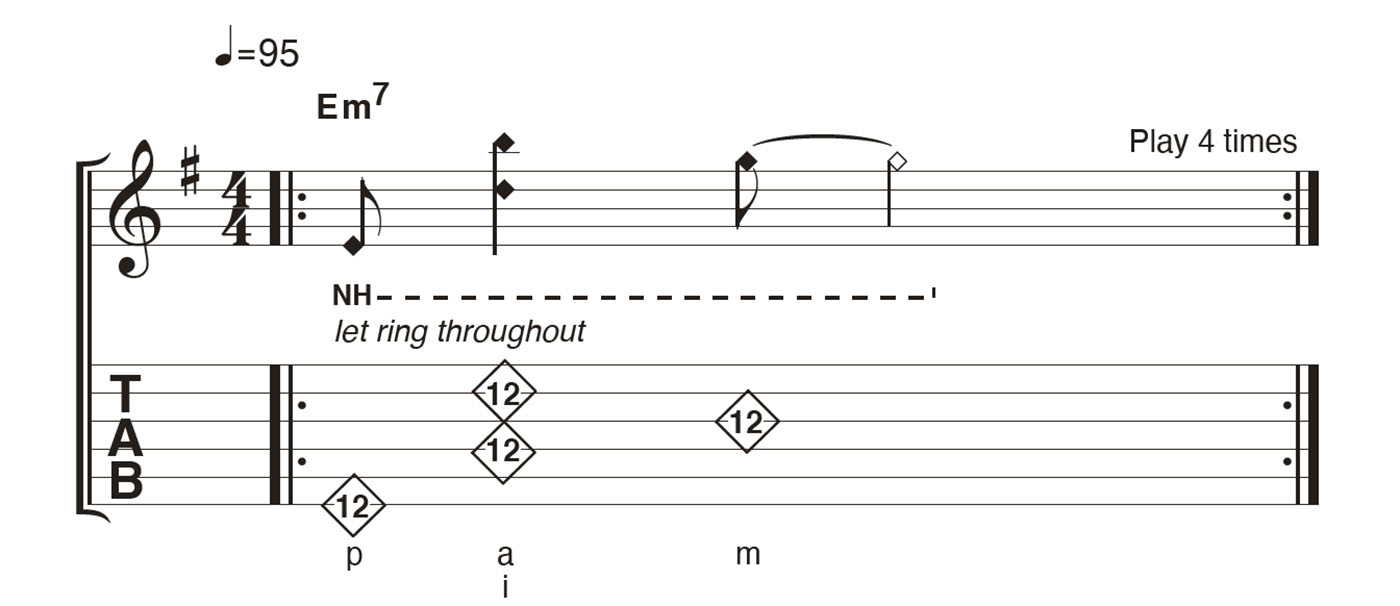
12th-fret harmonics are a relatively easy technique. Just touch the string over the fretwire without pressing down, then pick. Simple. Our example presents the challenge of picking single notes and a two-note shape, which requires accurate picking, especially if you want to hit the final single note cleanly.
Example 9. Position-shift harmonics
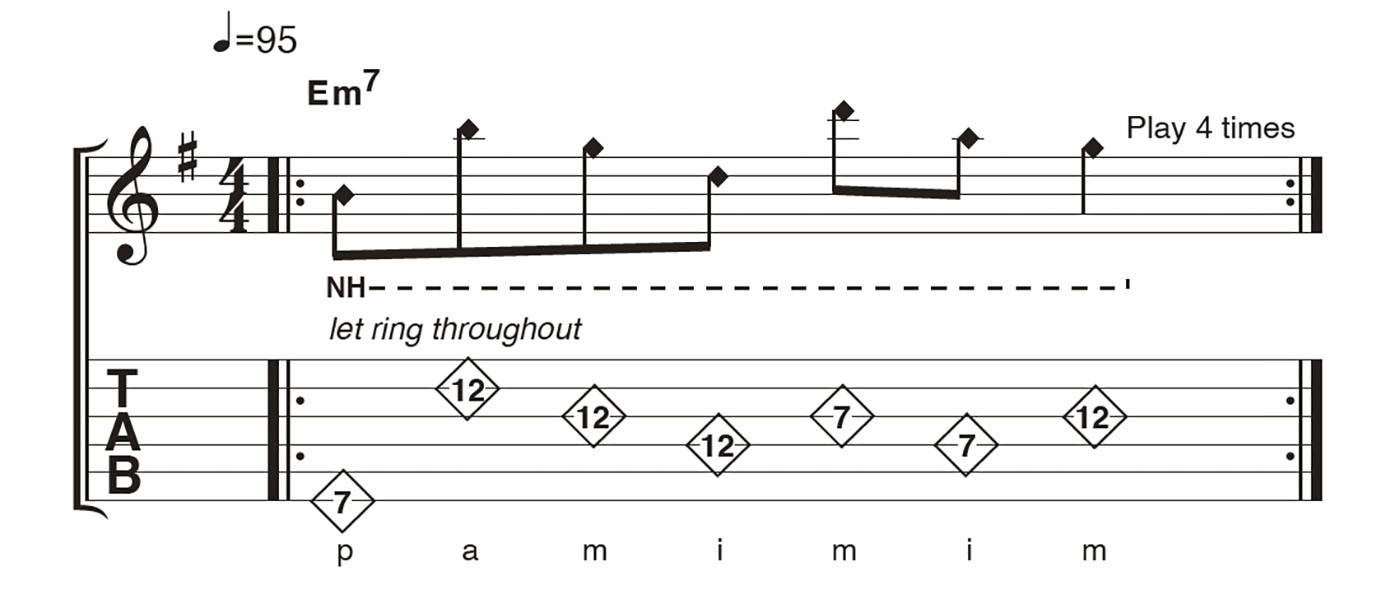
Here’s a real challenge! Shifting between 7th- and 12th-fret harmonics can be tough – and it might throw your timing out. Try practising the fingerpicking all in the 12th position first, only then introducing the position shift once you’re confident your fingerpicking is accurate.
Example 10. PIMA variations 1
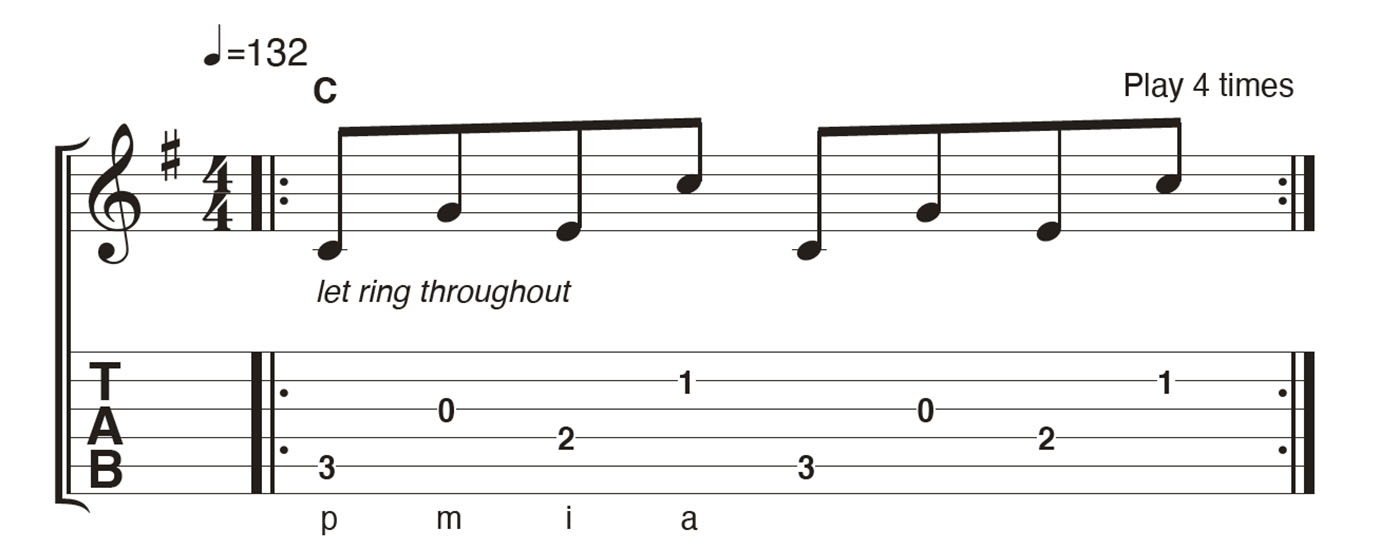
This simple drill will help you hone your fingerstyle technique. We’re playing four notes from an open C chord, but instead of simply ascending we’re mixing things up with this picking pattern: p-m-i-a. Try alternating four bars of this pattern then switching to ‘straight’ p-i-m-a.
Example 11. PIMA variations 2
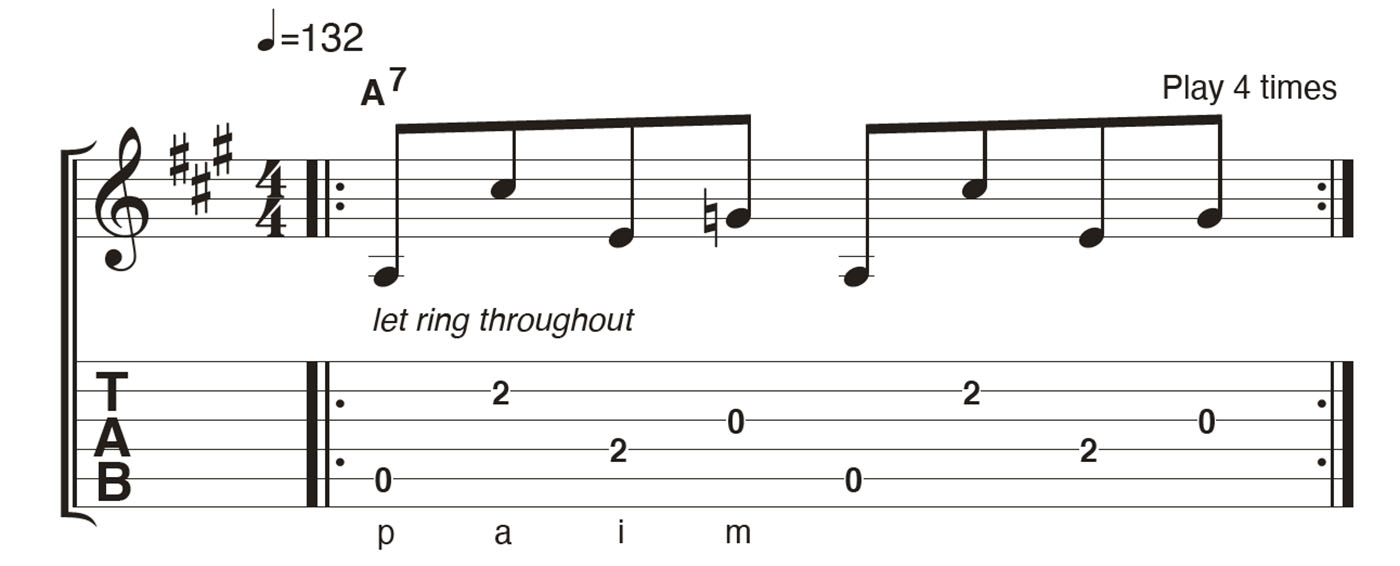
This is the same exercise as you’ve just done, but this time with a p-a-i-m pattern. We’re also playing A7 – but only for the sake of variety. For a full fingerstyle workout, come up with as many variations on the picking pattern as you can and with as many chords as possible.
Example 12. PIMA variations 3

In general, fingerstyle feels easiest when you start on a thumb-picked note – it’s your strongest digit after all. This example is a challenge because it follows an a-m-i-p pattern. So not only is the thumb the last digit you come to, it’s playing on the offbeat, too.
Remember, offbeats are most commonly de-emphasised, so you’ll need to take care here not to strike the string too hard with your thumb. Practise without playing the chord changes while you get used to the picking part.
Example 13. String slides

This is a fretting technique, but when played fingerstyle the phrasing sounds pretty sweet on acoustic guitar. We’re taking inspiration from Ben Howard’s early-career classic, Old Pine, here, though staying in standard tuning for convenience.
The trick in bar 1 is to ensure you keep the first- and second-string notes fretted for as long as possible, including during the slides down the string.
Example 14. Hot country pull-offs

Another fretting technique here in this well-worn country lick, but there are fingerpicking considerations too. The i-m-picked diads in bar 1 should seem like an obvious choice by now, as should the thumb-picked note that precedes each one.
However, the second half of bar 2 and into bar 3 is more like ‘lead guitar’. It’s a single-note lick that could be picked a few different ways, and we’ve shown our preferred option. It’ll also sound great played at double speed with a Telecaster bridge single-coil!
Example 15. The Pinch

If fingerpicking isn’t your area of expertise, we recommend breaking this example down into phrases of two beats duration each. That means you can turn the first half of bar 1 into its own exercise, focusing only on the C chord.
Obviously that gives you three more sections to work on through the rest of the bar and into bar 2. The ‘pinch’ is a technique where you pick two notes simultaneously: downwards with your thumb and up with a finger – so, loosely, that’s a pinch! Pull your hand fractionally away from the strings after each one so you don’t collide with adjacent strings.
Get The Pick Newsletter
All the latest guitar news, interviews, lessons, reviews, deals and more, direct to your inbox!
Chris has been the Editor of Total Guitar magazine since 2020. Prior to that, he was at the helm of Total Guitar's world-class tab and tuition section for 12 years. He's a former guitar teacher with 35 years playing experience and he holds a degree in Philosophy & Popular Music. Chris has interviewed Brian May three times, Jimmy Page once, and Mark Knopfler zero times – something he desperately hopes to rectify as soon as possible.







![Joe Bonamassa [left] wears a deep blue suit and polka-dotted shirt and plays his green refin Strat; the late Irish blues legend Rory Gallagher [right] screams and inflicts some punishment on his heavily worn number one Stratocaster.](https://cdn.mos.cms.futurecdn.net/cw28h7UBcTVfTLs7p7eiLe.jpg)


